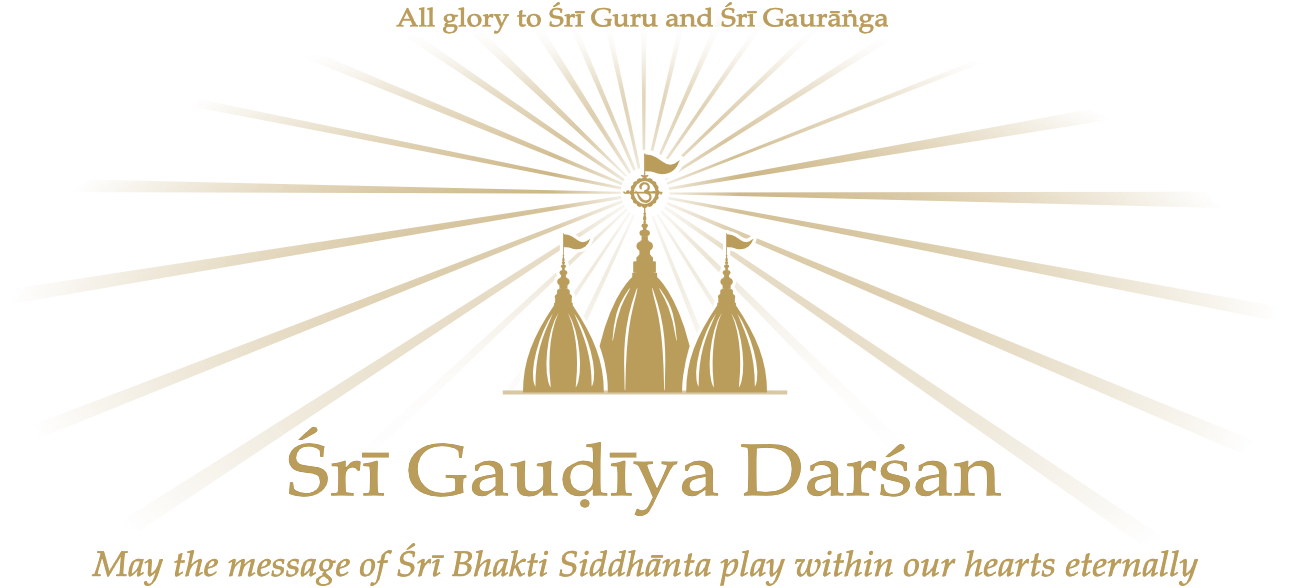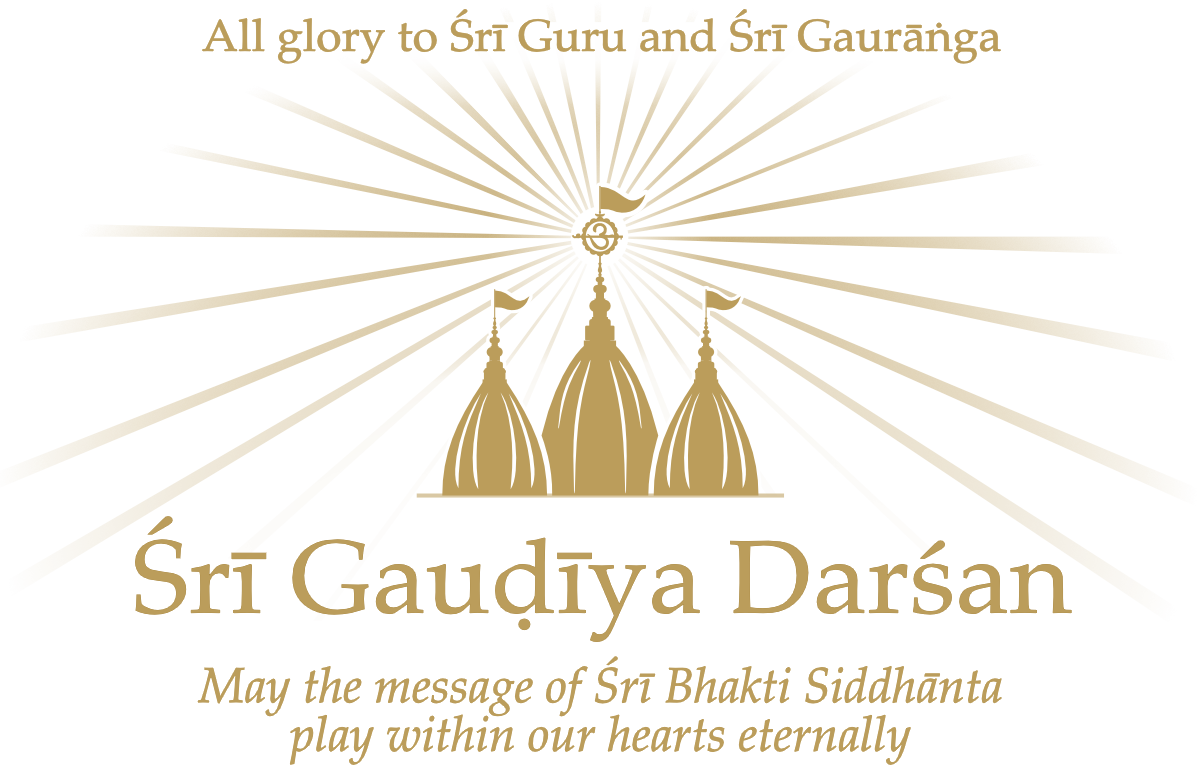Śrīla Bhakti Sundar Govinda Dev-Goswāmī Mahārāj explains the importance of second initiation.
Mahāprabhu’s conception, Kṛṣṇa consciousness, is for all ages. When I give second initiation, I tell others my feelings. We heard from Śrīla Guru Mahārāj that Hari-nām can rescue everyone. So the mantram you have (the Hare Kṛṣṇa mahāmantra) is sufficient for you. It is not a problem if you do not take second initiation. Chant the Hare Kṛṣṇa mahāmantra and be happy. Why then I am giving you pāñcharātrik-dīkṣā (second initiation)? The pāñcharātrik dīkṣā mantram is for all ages.
nārāyaṇa-para vedā nārāyaṇa-parākṣarāḥ
nārāyaṇa-parā muktir nārāyaṇa-parā gatiḥ
This is for Satya-yuga.
rāma nārāyaṇānanta mukunda madhusūdana
kṛṣṇa keśava kaṁsāre hare vaikuṇṭha vāmana
This is for Tretā-yuga.
hare murāre madhu-kaiṭabhāre
gopāla govinda mukunda saure
yajñeśa nārāyaṇa kṛṣṇa viṣṇo
virāśrayaṁ māṁ jagadīśa rakṣa
This is for Dvāpar-yuga. And,
hare kṛṣṇa hare kṛṣṇa kṛṣṇa kṛṣṇa hare hare
hare rāma hare rāma rāma rāma hare hare
This is for Kali-yuga. Our second initiation mantram, however, comes down from above through Kṛṣṇa, is for all ages, and is very helpful for you.
The Hare Kṛṣṇa mahāmantra works after liberation within your service life during direct service to Kṛṣṇa. The second initiation mantram takes you up to Goloka Vṛndāvan. Its job finishes there. The mantram takes you there, and when you engage in service there, it comes back. We heard this from Guru Mahārāj. There is a reason we give so much importance to second initiation: there are many rules and regulations involved in it. There is also meditation and other things that look very nice. You can chant the Hare Kṛṣṇa mahāmantra in the bathroom, but you cannot chant the second initiation mantram in the bathroom. Therefore, we give more respect to the second initiation mantram. Still, the Hare Kṛṣṇa mahāmantra is the highest mantram. One who is enriched with that mantram is enriched with everything.
āchaṇḍālam amūka-loka-sulabho vaśyaś cha mukti-śriyaḥ
no dīkṣāṁ na cha sat-kriyāṁ na cha puraścharyāṁ manāg īkṣate
mantro ’yaṁ rasanā-spṛg eva phalati śrī-kṛṣṇa-nāmātmakaḥ
[“This mantra, Śrī Kṛṣṇa-nām, attracts the devout who are pure in heart, eradicates sin, is easily chanted by anyone who can speak—even the uncultured, and controls the dispensation of liberation. Śrī Kṛṣṇa-nām does not rely upon (pāñcharātrik) initiation, pious works, or preparatory practices in the least; Śrī Kṛṣṇa-nām produces results simply by touching the tongue.”]
This is Rūpa Goswāmī Prabhu’s conception. He it presented us. So we have no problem.



Leave a Reply